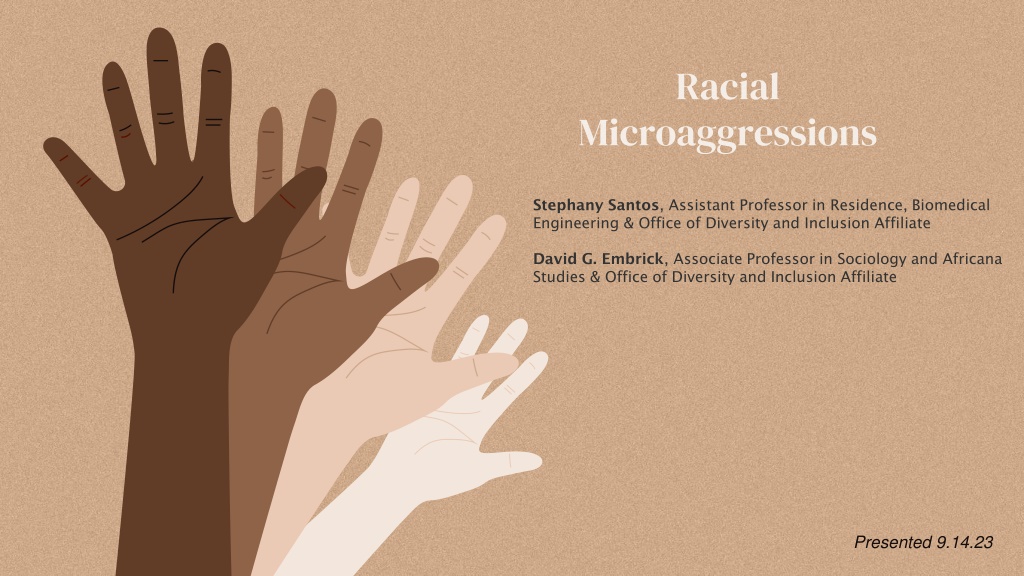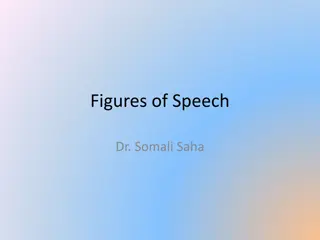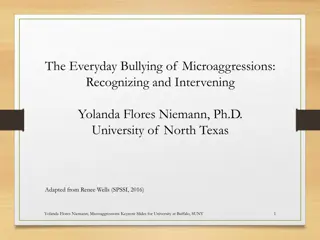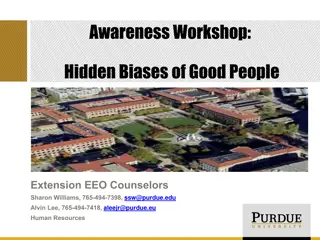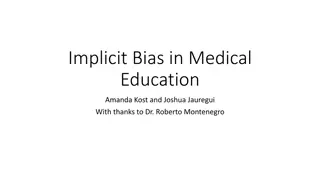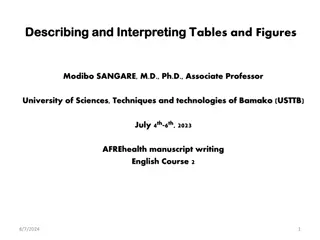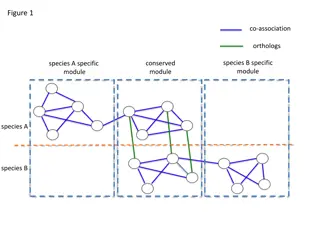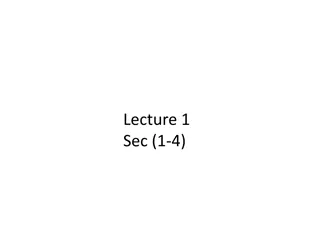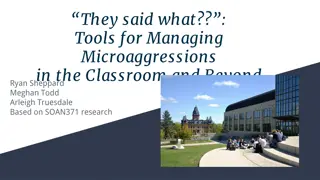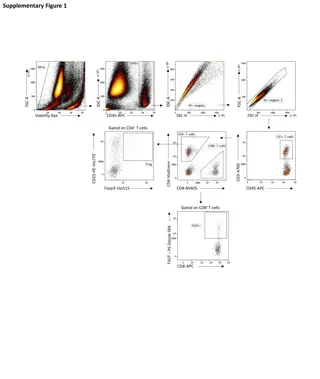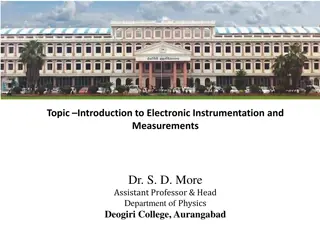Understanding Microaggressions: Insights from Key Figures
Key figures in the field of psychology and sociology, such as psychiatrist Chester Pierce, sociologist Philomena Essed, and psychologist Derald Wingfield Sue, have made significant contributions to the understanding of microaggressions. Chester Pierce highlighted the detrimental effects of micro-offenses on Black individuals, while Essed distinguished cultural, institutional, and individual racism. Sue's work focused on racial microaggressions in everyday life, sparking renewed interest in the concept. These insights shed light on the subtle yet impactful ways in which racism permeates society.
Download Presentation

Please find below an Image/Link to download the presentation.
The content on the website is provided AS IS for your information and personal use only. It may not be sold, licensed, or shared on other websites without obtaining consent from the author. Download presentation by click this link. If you encounter any issues during the download, it is possible that the publisher has removed the file from their server.
E N D
Presentation Transcript
Stephany Santos, Assistant Professor in Residence, Biomedical Engineering & Office of Diversity and Inclusion Affiliate David G. Embrick, Associate Professor in Sociology and Africana Studies & Office of Diversity and Inclusion Affiliate Presented 9.14.23
Microaggressionscontext and credit Psychiatrist Chester Pierce one of the first practicing Black psychiatrists at Harvard University Medical School Is credited with coining the term microaggressions as a way to better describe the daily and cumulative experiences his Black patients suffered. In 1970, Pierce wrote a chapter in a book titled The Black Seventies, edited by Floyd B. Barbour. His chapter, Offensive Mechanisms, outlined a way for psychiatrists to acknowledge racism, and the ways in which whites devalue Blacks. He labeled these offensive mechanisms microaggressions.
Psychiatrist Chester Pierce Pierce made the following notable observations: Microaggressions occurred in the interactions between Blacks and whites. White supremacy (or notions of superiority resulting from racism) manifests itself as micro-offenses which minimize the social importance of Black achievement so that Blacks see themselves as useless, unlovable, and unable. US culture is implicated in making microaggressions automatic and even obligatory on the part of whites. Although microaggressions may be seen as conscious, unconscious, or preconscious to whites, to Blacks they are salient and automatic. Microaggressions may be subtle, but their cumulative effect is of unimaginable magnitude.
Sociologist Philomena Essed Everyday Racism: Reports from Women of Two Cultures (1986) Like Pierce, has largely been ignored for her contributions to microaggressions (although she never used the term). In her book, Essed distinguished between cultural, institutional, and individual racism. Cultural racism involved racialized imagery and perceptions of Blacks in society. Institutional racism involved the direct or indirect mechanisms in societal institutions designed to limit the rights and opportunities of people of color. Individual racism included prejudice and covert forms of discrimination Everyday racism various types and expressions of racism experienced by people of color in everyday contact with members of the dominant (white) group. Note: Essed was among the earliest scholars to distinguish between overt and covert racism, and to suggest that covert racism not only makes it hard for Blacks claims of racial discrimination to be taken seriously, but it normalizes racist actions in ways that serve to absolve whites from any responsibility for their actions.
Psychologist Derald Wingfield Sue and Colleagues Racial Microaggressions in Everyday Life: Implications for Clinical Practice. (2007) The American Psychologist. Credited with creating renewed interest in the concept, most notably in psychology and educational psychology. Incorporates an intersectional approach (race, gender, sexual orientation). Encourages scholarship to move beyond the Black/white binary and assess the experiences of all people of color within the US context.
Current typical definition/use of racial microaggressions? Derald Wingfield Sue and colleagues: Everyday insults, indignities, and/or demeaning messages sent to folx of color by well-intentioned white folx who are unaware of the hidden messages being sent to them. Similar to Pierce, Sue and company argue the everyday insults, indignities, slights, etc. are cumulative. Microaggressions hold their power because they are invisible. Microaggressions limit the lifespan of Blacks and, Constitute a public health issue. The impact of microaggressions can be worse than that of overt racism and can have significant psychological effects.
Breakdown of racial microaggressions Microassault- explicit racial derogation characterized primarily by a verbal or nonverbal attack meant to hurt the intended victim through name-calling, avoidant behavior, or purposeful discriminatory actions (aka old-fashioned individual racism). Microinsult- communications that convey rudeness and insensitivity and demean a person s racial heritage or identity; subtle snubs, frequently unknown to the perpetrator, but clearly convey a hidden insulting message to the recipient of color. Microinvalidation communications that exclude, negate, or nullify the psychological thoughts, feelings, or experiential reality of a person of color.
Education Scholar William A. Smith Racial Battle Fatigue the result of constant physiological, psychological, cultural, and emotional coping with racial microaggressions in less-than-ideal and racially hostile or unsupportive environments. Much of the research that center racial battle fatigue as a theoretical framework argue the Black males are more likely to suffer from racial battle fatigue than any other group.
Consequences of racial microaggressions Past and current research consistently shows that racism and discrimination: Contribute to poor health among people of color increased rates of depression, prolonged stress and trauma, anxiety, heart disease, type 2 diabetes. Racial climate and microaggressions on university/college campuses impact students of color (and particularly Black students), who experience more depression, self-doubt, frustration, and isolation. Being questioned about everyday racism and discrimination leaves people of color feeling invisible, silenced, angry, and resentful. Increased stress from microaggressions can lead to physical concerns like headaches, high blood pressure, and difficulties with sleep.
Considerations about racial microaggressions and students The literature is clear that graduate students of color face racism, discrimination, and daily racial and other forms of microaggressions within their departments and throughout university/college campuses. Students of color, in general, mention assumptions of criminality, treatment as second-class citizens, underestimation of personal ability, and cultural/racial isolation. Students of color, in general, engage daily in active coping mechanisms to minimize the effects of microaggressions Note: racial microaggressions do not start/cumulate once students of color enter our campuses.
Addressing a shortcoming. The move (largely) away from a structural understanding of racism (and racial microaggressions) prevents us from seeing a more complete picture about the deleterious effects of racial microaggressions.
Racism: A Full Equation Individual Micro-level (prejudice, attitudes, implicit bias) Institutional Meso-level (racial mechanisms tracking, segregation) Structural Macro-level (systemic racism, white supremacy)
Structural/environmental racism Everyday racism needs to include the pervasiveness of white supremacy and how people of color are affected by systemic, institutional racism racial politics white spaces racial symbols (historical or current) transference of racial microaggressions (sharing with other folx of color as a coping mechanism) What does this ultimately mean? The deleterious, cumulative effects of racial microaggressions may be much more harmful than we thought.
Moving forward. Rethinking racial microaggressions gives us better clues about how we might move forward There are endless search results for thinking about how to stop racial microaggressions (at the individual level) The basics Examine/reexamine one s beliefs Acknowledge other people s feelings/empathy Do not blame the victim Do not get defensive Recognize one s implicit biases
Thinking more structurally Microinterventions (Sue et al. 2019) Everyday words or deeds, intentional or not, that communicates to targets of microaggressions Validation of their experiential reality Value as a person Affirmation of their racial or group identity Support and/or encouragement; reassurance they are not alone. Rethink place/space Rethink how to really deal with racial isolation (community) Rethink or better understand resource distribution (this includes dissemination of information) Rethink mentoring Rethink or better understand why students (and other people) of color are often skeptical of (empty) promises Rethink change as opposed to status quo (e.g., we can t do this, we can t do that, we ve never done this, we ve never done that)
